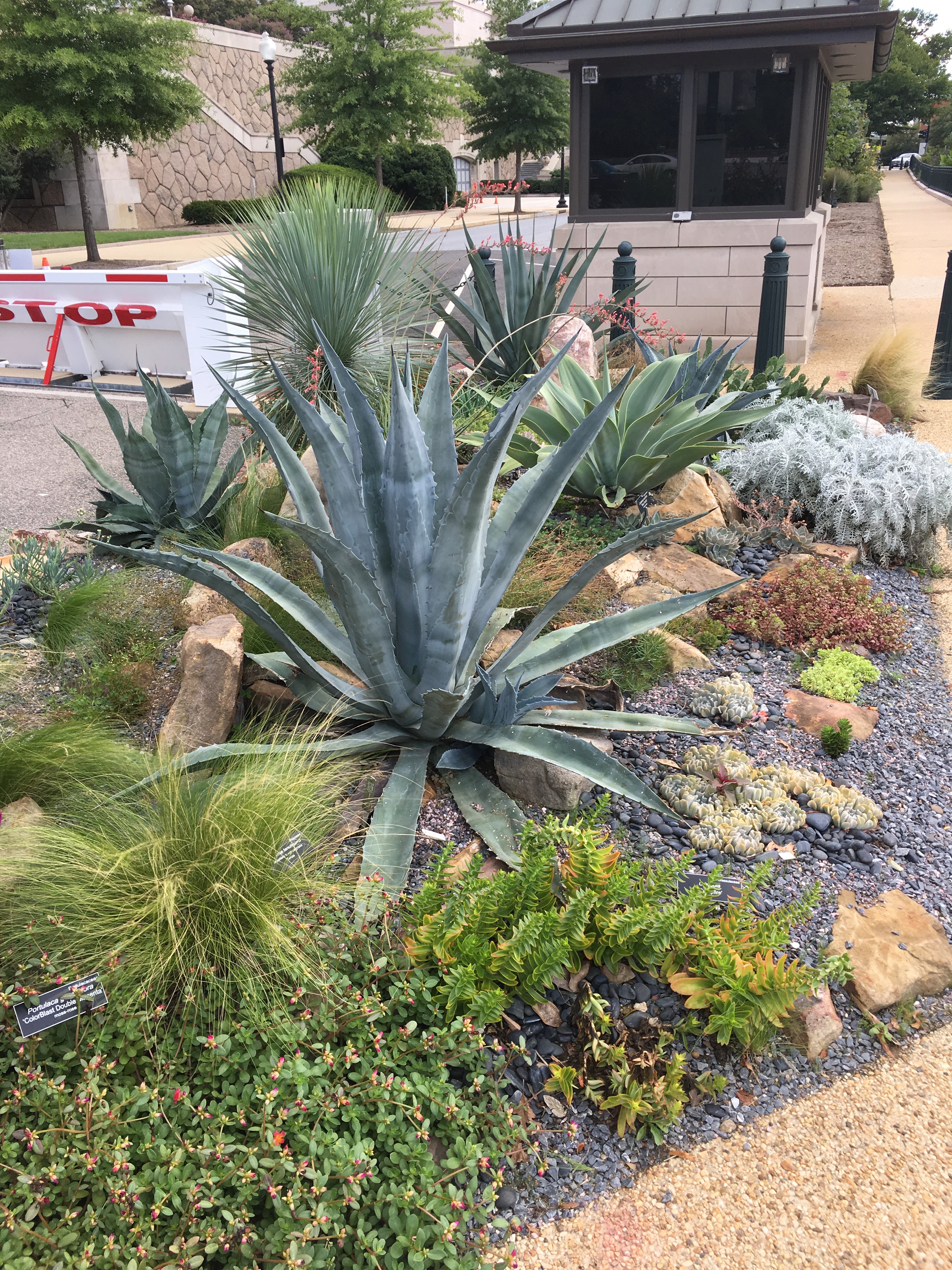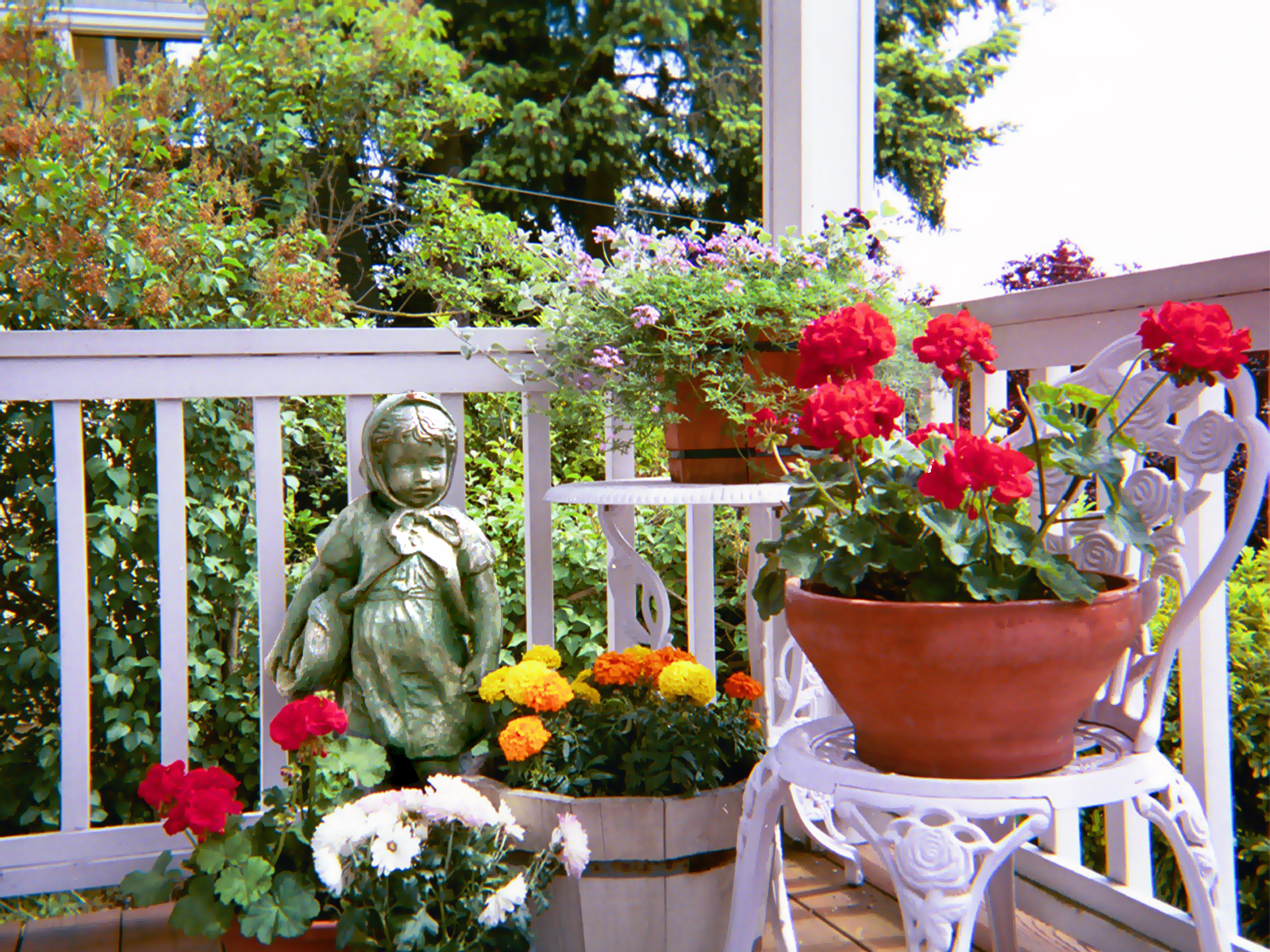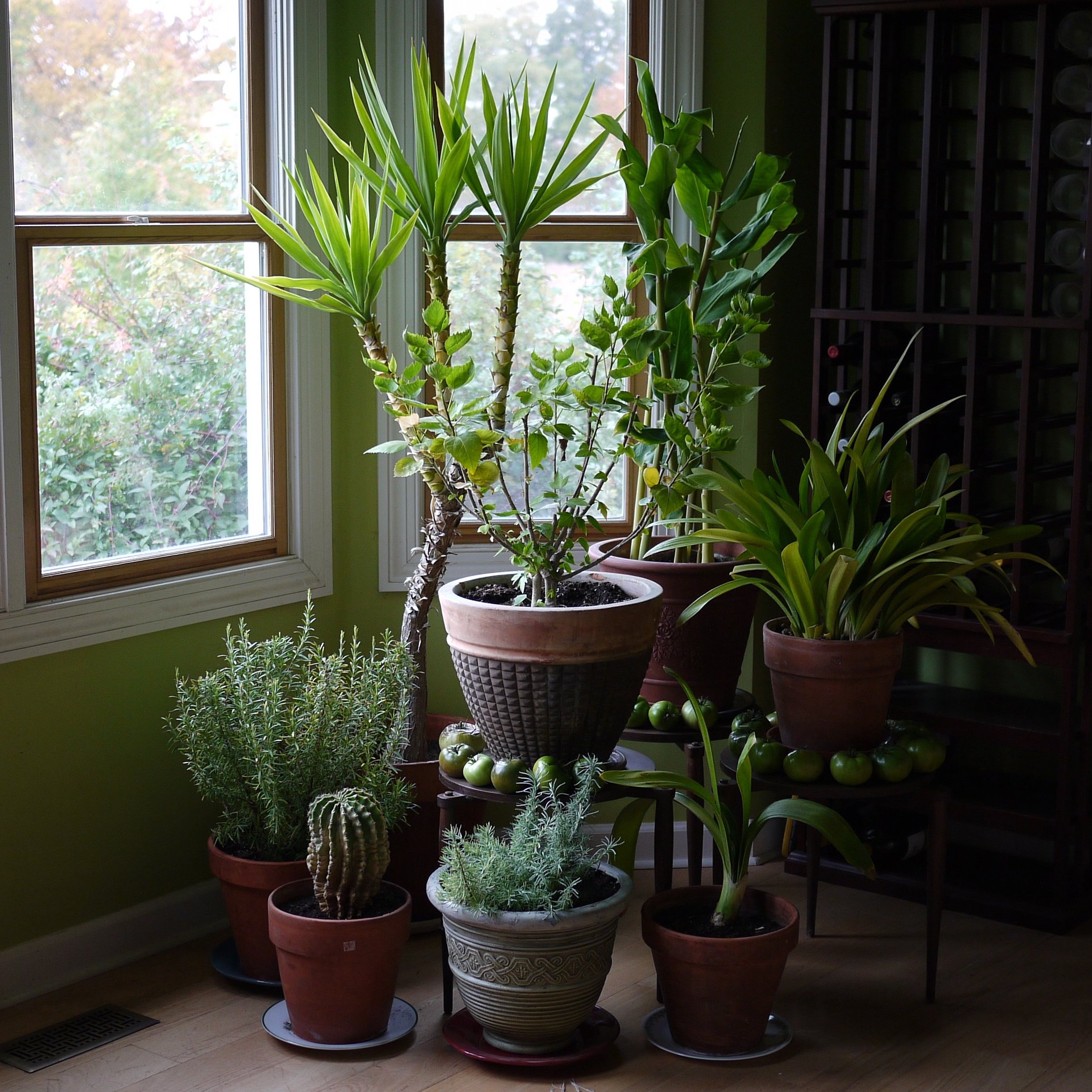|
Crassula Arborescens
''Crassula arborescens'', the silver jade plant, silver dollar plant, beestebul, Chinese jade, money plant, or money tree, is a species of succulent plant in the family Crassulaceae. It is an endemic plant of the Western Cape, South Africa. It is a succulent shrub. It has round gray "Silver Dollar" leaves. It blooms in summer, with white to pink flowers. Retrieved 2011-04-04. It is cultivated as an for use in and suc ... [...More Info...] [...Related Items...] OR: [Wikipedia] [Google] [Baidu] |
Mill
Mill may refer to: Science and technology * * Mill (grinding) * Milling (machining) * Millwork * Textile manufacturing, Textile mill * Steel mill, a factory for the manufacture of steel * List of types of mill * Mill, the arithmetic unit of the Analytical Engine early computer People * Andy Mill (born 1953), American skier * Frank Mill (born 1958), German footballer * Harriet Taylor Mill (1807–1858), British philosopher and women's rights advocate * Henry Mill (c. 1683–1771), English inventor who patented the first typewriter * James Mill (1773–1836), Scottish historian, economist and philosopher * John Mill (theologian) (c. 1645–1707), English theologian and author of ''Novum Testamentum Graecum'' * John Stuart Mill (1806–1873), British philosopher and political economist, son of James Mill * Meek Mill, Robert Rihmeek Williams (born 1987), American rapper and songwriter Places * Mill en Sint Hubert, a Dutch municipality * Mill, Netherlands, a Dutch village * Mill, Miss ... [...More Info...] [...Related Items...] OR: [Wikipedia] [Google] [Baidu] |
Crassulaceae
The Crassulaceae (from Latin ''crassus'', thick), also known as the stonecrop family or the orpine family, are a diverse family of dicotyledon flowering plants characterized by succulent leaves and a unique form of photosynthesis, known as Crassulacean acid metabolism (CAM). Flowers generally have five floral parts. Crassulaceae are usually herbaceous but there are some subshrubs, and relatively few treelike or aquatic plants. Crassulaceae are a medium size monophyletic family in the core eudicots, among the order Saxifragales, whose diversity has made infrafamilial classification very difficult. The family includes approximately 1,400 species and 34–35 genera, depending on the circumscription of the genus '' Sedum'', and distributed over three subfamilies. Members of the Crassulaceae are found worldwide, but mostly in the Northern Hemisphere and southern Africa, typically in dry and/or cold areas where water may be scarce, although a few are aquatic. Crassulaceae are m ... [...More Info...] [...Related Items...] OR: [Wikipedia] [Google] [Baidu] |
Endemism
Endemism is the state of a species being found in a single defined geographic location, such as an island, state, nation, country or other defined zone; organisms that are indigenous to a place are not endemic to it if they are also found elsewhere. For example, the Cape sugarbird is found exclusively in southwestern South Africa and is therefore said to be ''endemic'' to that particular part of the world. An endemic species can be also be referred to as an ''endemism'' or in scientific literature as an ''endemite''. For example ''Cytisus aeolicus'' is an endemite of the Italian flora. ''Adzharia renschi'' was once believed to be an endemite of the Caucasus, but it was later discovered to be a non-indigenous species from South America belonging to a different genus. The extreme opposite of an endemic species is one with a cosmopolitan distribution, having a global or widespread range. A rare alternative term for a species that is endemic is "precinctive", which applies t ... [...More Info...] [...Related Items...] OR: [Wikipedia] [Google] [Baidu] |
Western Cape
The Western Cape is a province of South Africa, situated on the south-western coast of the country. It is the fourth largest of the nine provinces with an area of , and the third most populous, with an estimated 7 million inhabitants in 2020. About two-thirds of these inhabitants live in the metropolitan area of Cape Town, which is also the provincial capital. The Western Cape was created in 1994 from part of the former Cape Province. The two largest cities are Cape Town and George. Geography The Western Cape Province is roughly L-shaped, extending north and east from the Cape of Good Hope, in the southwestern corner of South Africa. It stretches about northwards along the Atlantic coast and about eastwards along the South African south coast ( Southern Indian Ocean). It is bordered on the north by the Northern Cape and on the east by the Eastern Cape. The total land area of the province is , about 10.6% of the country's total. It is roughly the size of England or th ... [...More Info...] [...Related Items...] OR: [Wikipedia] [Google] [Baidu] |
South Africa
South Africa, officially the Republic of South Africa (RSA), is the southernmost country in Africa. It is bounded to the south by of coastline that stretch along the South Atlantic and Indian Oceans; to the north by the neighbouring countries of Namibia, Botswana, and Zimbabwe; and to the east and northeast by Mozambique and Eswatini. It also completely enclaves the country Lesotho. It is the southernmost country on the mainland of the Old World, and the second-most populous country located entirely south of the equator, after Tanzania. South Africa is a biodiversity hotspot, with unique biomes, plant and animal life. With over 60 million people, the country is the world's 24th-most populous nation and covers an area of . South Africa has three capital cities, with the executive, judicial and legislative branches of government based in Pretoria, Bloemfontein, and Cape Town respectively. The largest city is Johannesburg. About 80% of the population are Black Sou ... [...More Info...] [...Related Items...] OR: [Wikipedia] [Google] [Baidu] |
Ornamental Plant
Ornamental plants or garden plants are plants that are primarily grown for their beauty but also for qualities such as scent or how they shape physical space. Many flowering plants and garden varieties tend to be specially bred cultivars that improve on the original species in qualities such as color, shape, scent, and long-lasting blooms. There are many examples of fine ornamental plants that can provide height, privacy, and beauty for any garden. These ornamental perennial plants have seeds that allow them to reproduce. One of the beauties of ornamental grasses is that they are very versatile and low maintenance. Almost any types of plant have ornamental varieties: trees, shrubs, climbers, grasses, succulents. aquatic plants, herbaceous perennials and annual plants. Non-botanical classifications include houseplants, bedding plants, hedges, plants for cut flowers and foliage plants. The cultivation of ornamental plants comes under floriculture and tree nurseries, whic ... [...More Info...] [...Related Items...] OR: [Wikipedia] [Google] [Baidu] |
Xeriscape
Xeriscaping is the process of landscaping, or gardening, that reduces or eliminates the need for irrigation. It is promoted in regions that do not have accessible, plentiful, or reliable supplies of fresh water and has gained acceptance in other regions as access to irrigation water has become limited, though it is not limited to such climates. Xeriscaping may be an alternative to various types of traditional gardening. In some areas, terms such as '' water-conserving landscaping'', ''drought-tolerant landscaping'', and ''smart scaping'' are used instead. The use of plants whose natural requirements are appropriate to the local climate is emphasized, and care is taken to avoid losing water to evaporation and runoff. However, the specific plants used in xeriscaping vary based on climate as this strategy can be used in xeric, mesic, and hydric environments. Xeriscaping is different from natural landscaping, because the emphasis in xeriscaping is on selection of plants for water co ... [...More Info...] [...Related Items...] OR: [Wikipedia] [Google] [Baidu] |
Container Gardens
Container gardening or pot gardening/farming is the practice of growing plants, including edible plants, exclusively in containers instead of planting them in the ground. A container in gardening is a small, enclosed and usually portable object used for displaying live flowers or plants. It may take the form of a pot, box, tub, basket, tin, barrel or hanging basket. Methods Pots, traditionally made of terracotta but now more commonly plastic, and window boxes are the most commonly seen. Small pots are called flowerpots. In some cases, this method of growing is used for ornamental purposes. This method is also useful in areas where the soil or climate is unsuitable for the plant or crop in question. Using a container is also generally necessary for houseplants. Limited growing space, or growing space that is paved over, can also make this option appealing to the gardener. Additionally, this method is popular for urban horticulture and urban gardening on balconies of apartment ... [...More Info...] [...Related Items...] OR: [Wikipedia] [Google] [Baidu] |
Houseplant
A houseplant, sometimes known as a pot plant, potted plant, or an indoor plant, is an ornamental plant that is grown indoors. As such, they are found in places like residences and offices, mainly for decorative purposes. Common houseplants are usually tropical or semi-tropical, and are often epiphytes, succulents or cacti. Cultural history Early history The history of houseplants is intertwined with the history of container gardening in general. Ancient Egyptians and Sumerians grew ornamental and fruiting plants in decorative containers. Ancient Greeks and the Romans cultivated laurel trees in earthenware vessels. In ancient China, potted plants were shown at garden exhibitions over 2,500 years ago. In the medieval era, gillyflowers were displayed in containers. Early modern era In the Renaissance, plant collectors and affluent merchants from Italy, the Netherlands and Belgium imported plants from Asia Minor and the East Indies. Creeping groundsel was introduced in Ma ... [...More Info...] [...Related Items...] OR: [Wikipedia] [Google] [Baidu] |
Crassula
''Crassula'' is a genus of succulent plants containing about 200 accepted species, including the popular jade plant (''Crassula ovata''). They are members of the stonecrop family (Crassulaceae) and are native to many parts of the globe, but cultivated varieties originate almost exclusively from species from the Eastern Cape of South Africa. Crassulas are usually propagated by stem or leaf cuttings. Most cultivated forms will tolerate some small degree of frost, but extremes of cold or heat will cause them to lose foliage and die. Taxonomy ''Crassula'' was first formally described by Carl Linnaeus in 1753 with 10 species. Etymology The name crassula comes from the Latin adjective ''crassus'', meaning thick, referring to the thickening of the succulent leaves. List of selected species *''Crassula alata'' *'' Crassula alba'' *'' Crassula alpestris'' (Sand-Coated Crassula) *''Crassula alstonii'' *''Crassula aquatica'' (common pigmyweed, water pygmyweed) *'' Crassula arbore ... [...More Info...] [...Related Items...] OR: [Wikipedia] [Google] [Baidu] |
Flora Of The Cape Provinces
Flora (: floras or florae) is all the plant life present in a particular region or time, generally the naturally occurring ( indigenous) native plants. The corresponding term for animals is ''fauna'', and for fungi, it is ''funga''. Sometimes bacteria and fungi are also referred to as flora as in the terms ''gut flora'' or ''skin flora''. Etymology The word "flora" comes from the Latin name of Flora, the goddess of plants, flowers, and fertility in Roman mythology. The technical term "flora" is then derived from a metonymy of this goddess at the end of the sixteenth century. It was first used in poetry to denote the natural vegetation of an area, but soon also assumed the meaning of a work cataloguing such vegetation. Moreover, "Flora" was used to refer to the flowers of an artificial garden in the seventeenth century. The distinction between vegetation (the general appearance of a community) and flora (the taxonomic composition of a community) was first made by Jules Thurman ... [...More Info...] [...Related Items...] OR: [Wikipedia] [Google] [Baidu] |

.jpg)




